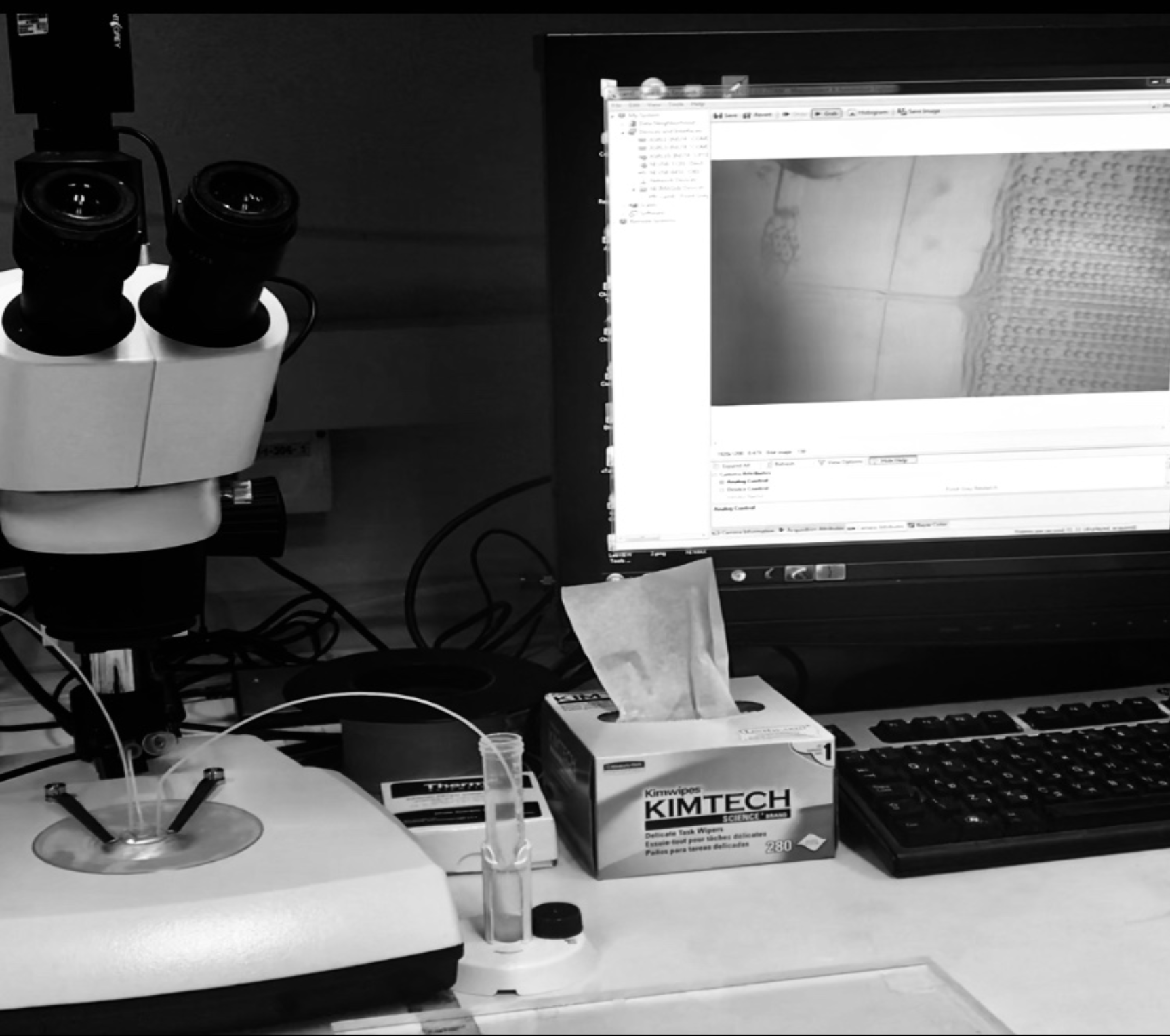One of the great challenges in cloud physics is the formation of atmospheric ice particles. Atmospheric clouds form when aerosol particles are activated into liquid droplets or ice crystals in rising air parcels. When cloud's particles reach a critical size, they precipitates as raindrops, snow crystals, hailstones etc. Formation of ice crystals can influence the cloud microphysics, its interaction with radiation and its formation of precipitation, and therefore have an important impact on the Earth's climate.
The physical and chemical properties of an aerosol will determine its ability to act as cloud condensation nucleus (CCN) to become a cloud droplet or an ice nucleus (IN) to become an ice crystal. However, the basic key properties, which allow an aerosol to facilitate ice nucleation on its surface, and the relevant pathways, are still now well understood, and the prediction of atmospheric ice formation remains a challenging task. INs can be natural or anthropogenic particles, but they are only a small subset of the atmospheric aerosols.
Using a new microfluidics device, we measure how different particles facilitate heterogeneous ice nucleation in micron size droplets and relate this to their role in different types of clouds. We collect airborne particles and characterize their abilities against their surface properties, or we produce particles in the laboratory, which can have atmospheric relevance, or process standard particles, and then test their abilities as IN particles.

Production of micron-size droplet static array for ice nucleation stuides. Using microfluidics techniques, we manipulate our sample in a continuous phase to generate tiny droplets of nanoliter volumes for the study of how different particles will nucleate ice in the droplets.
